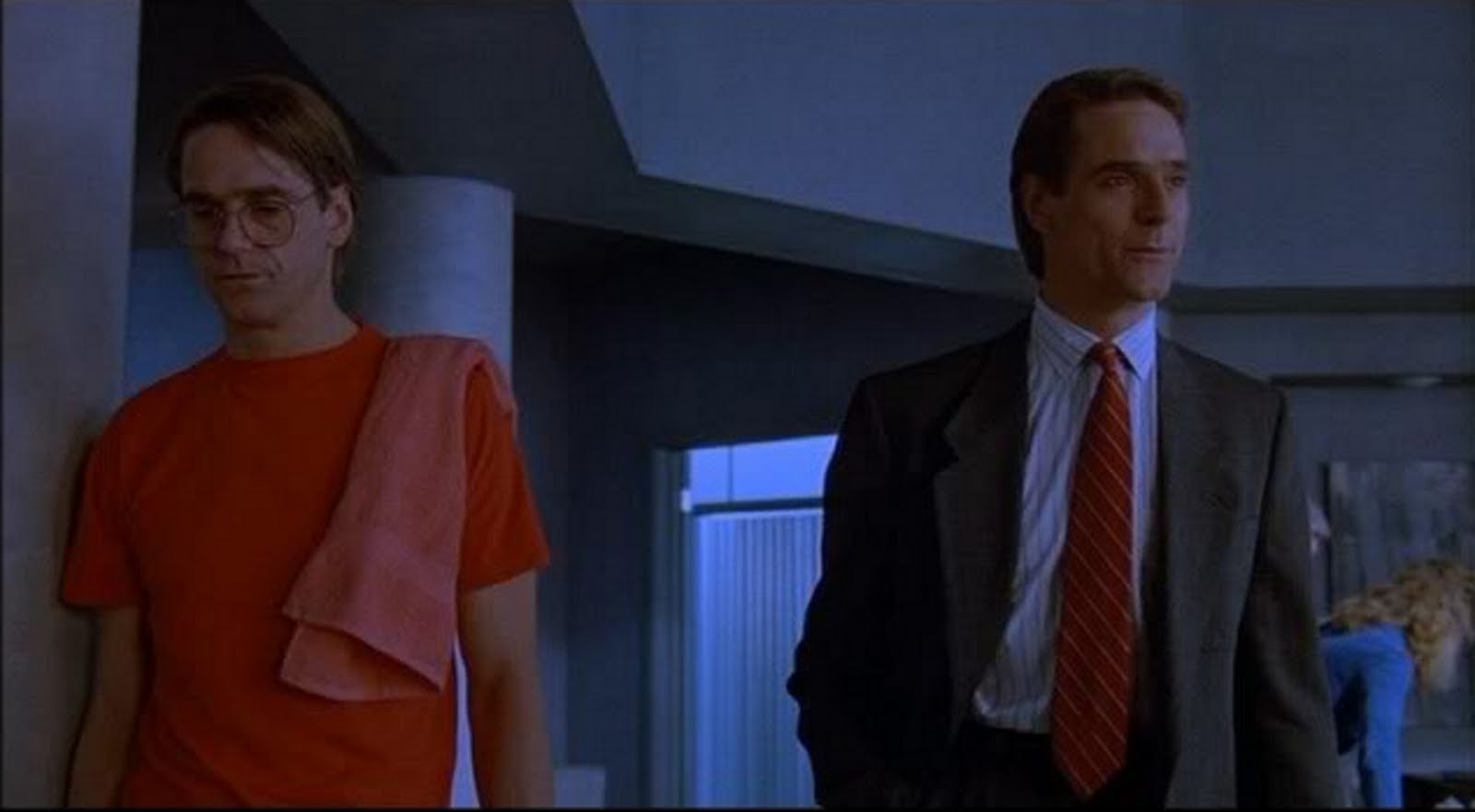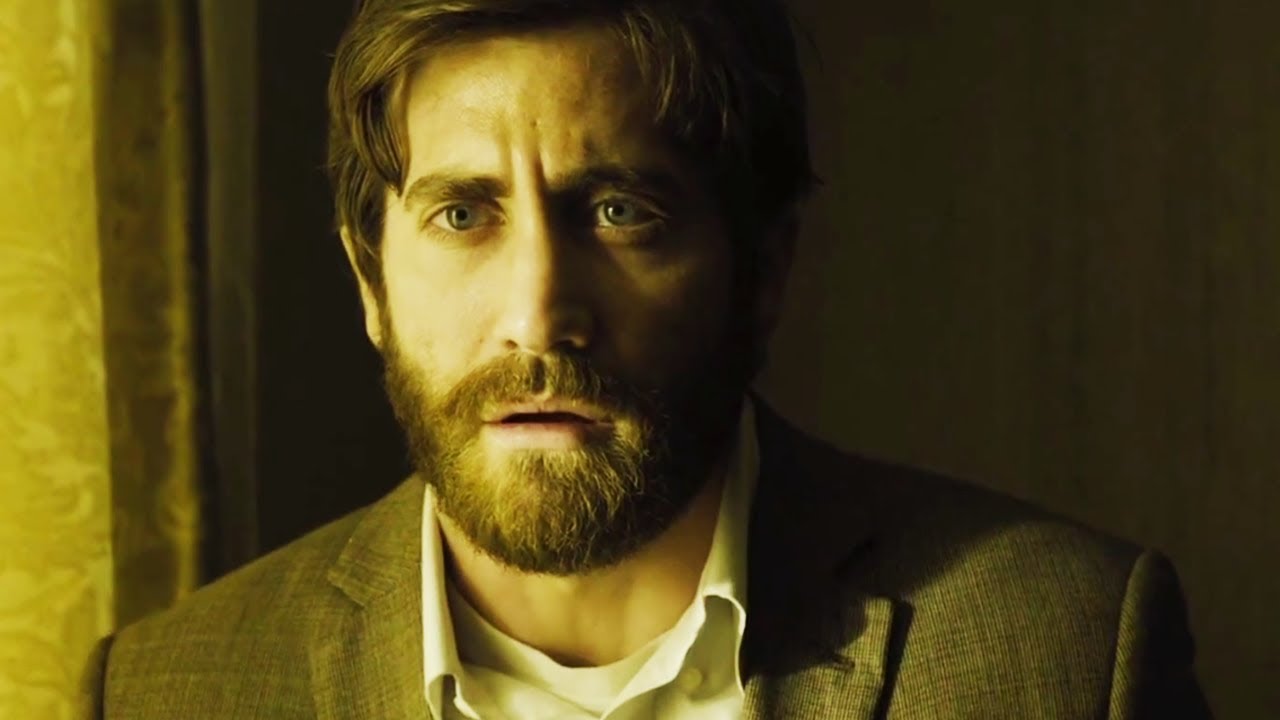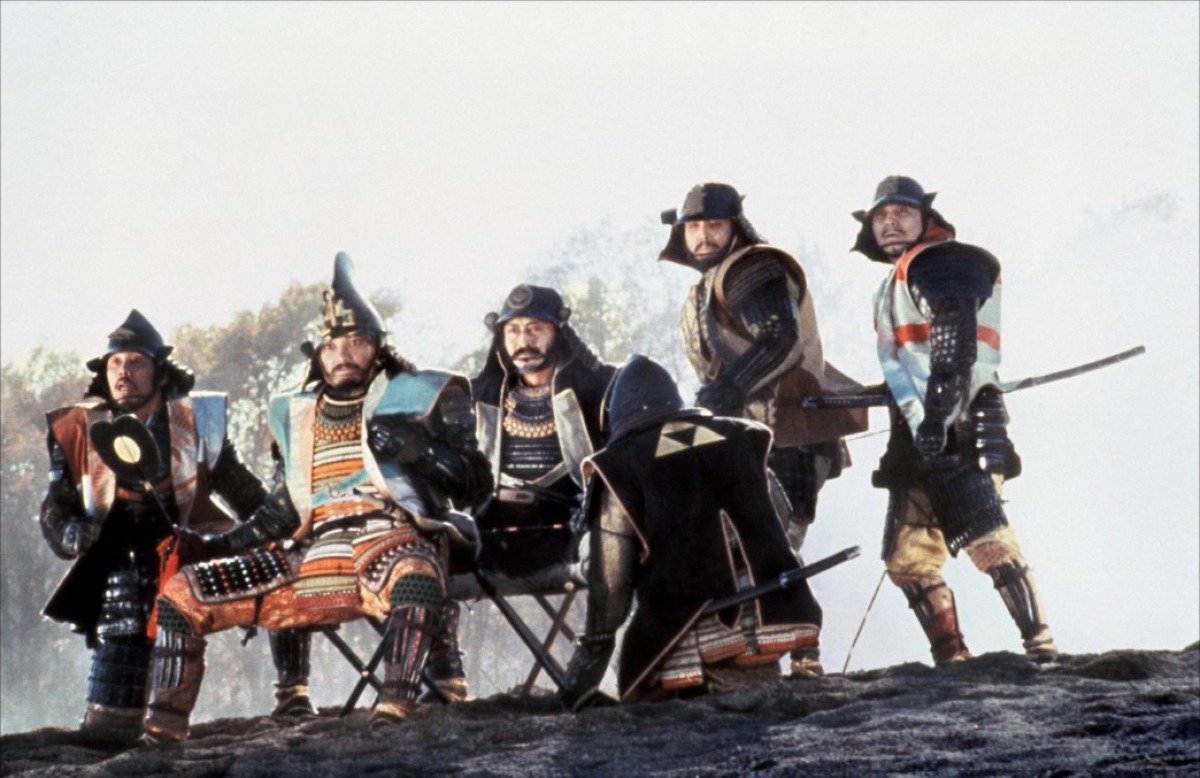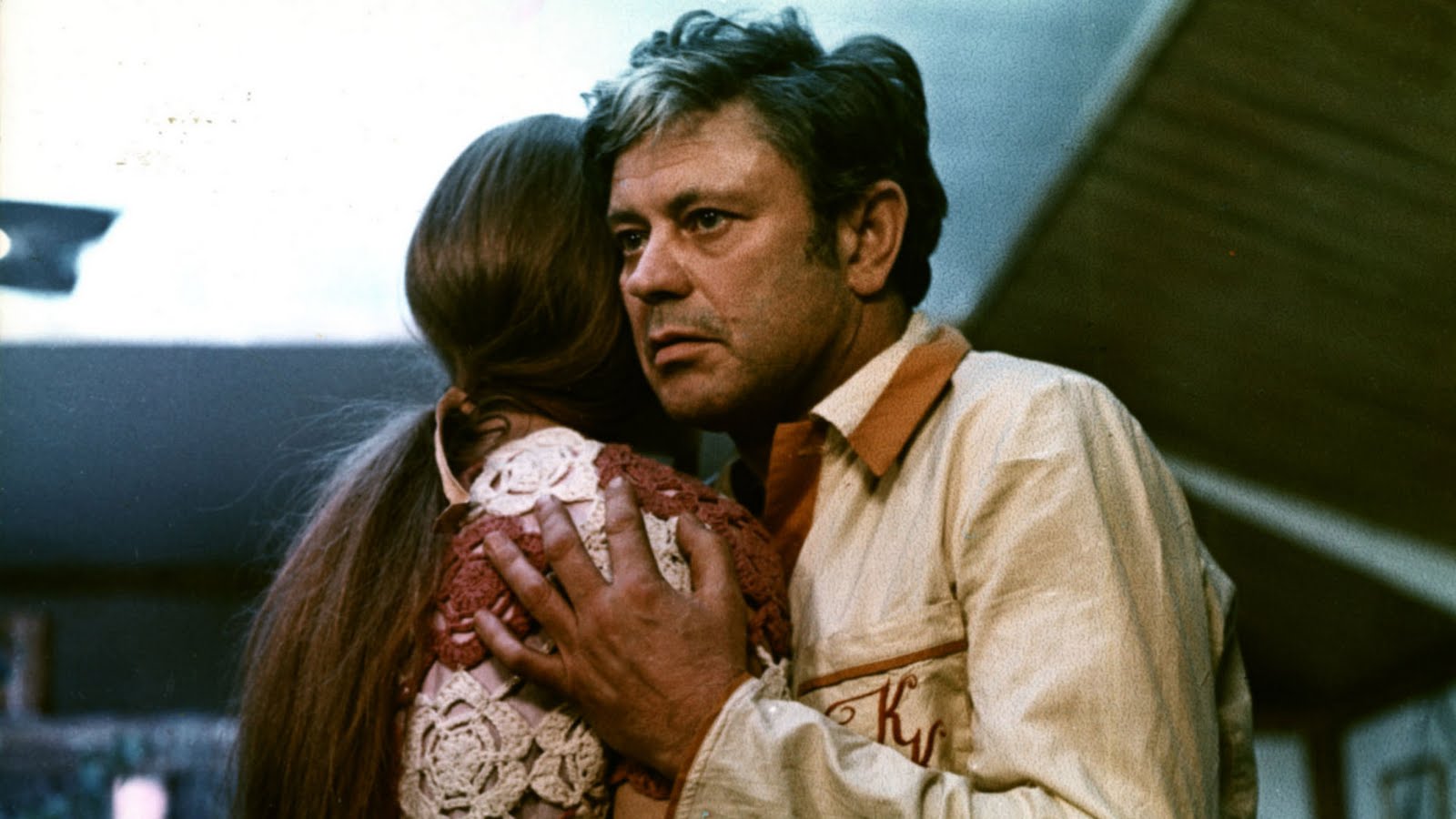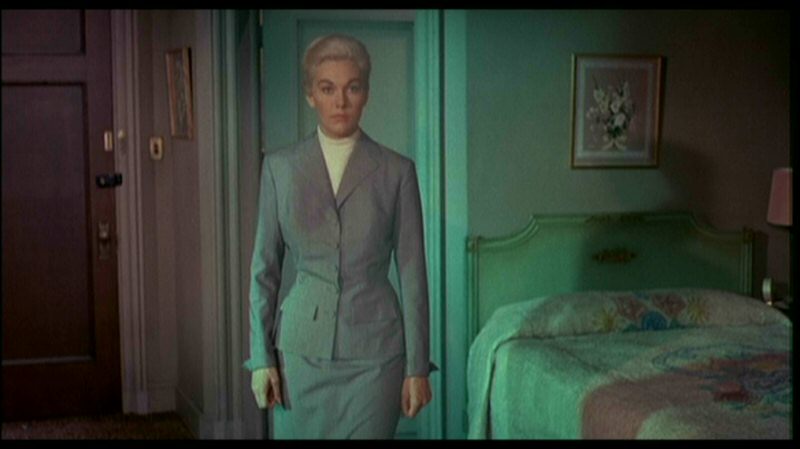7. The Double Life of Véronique (1991)
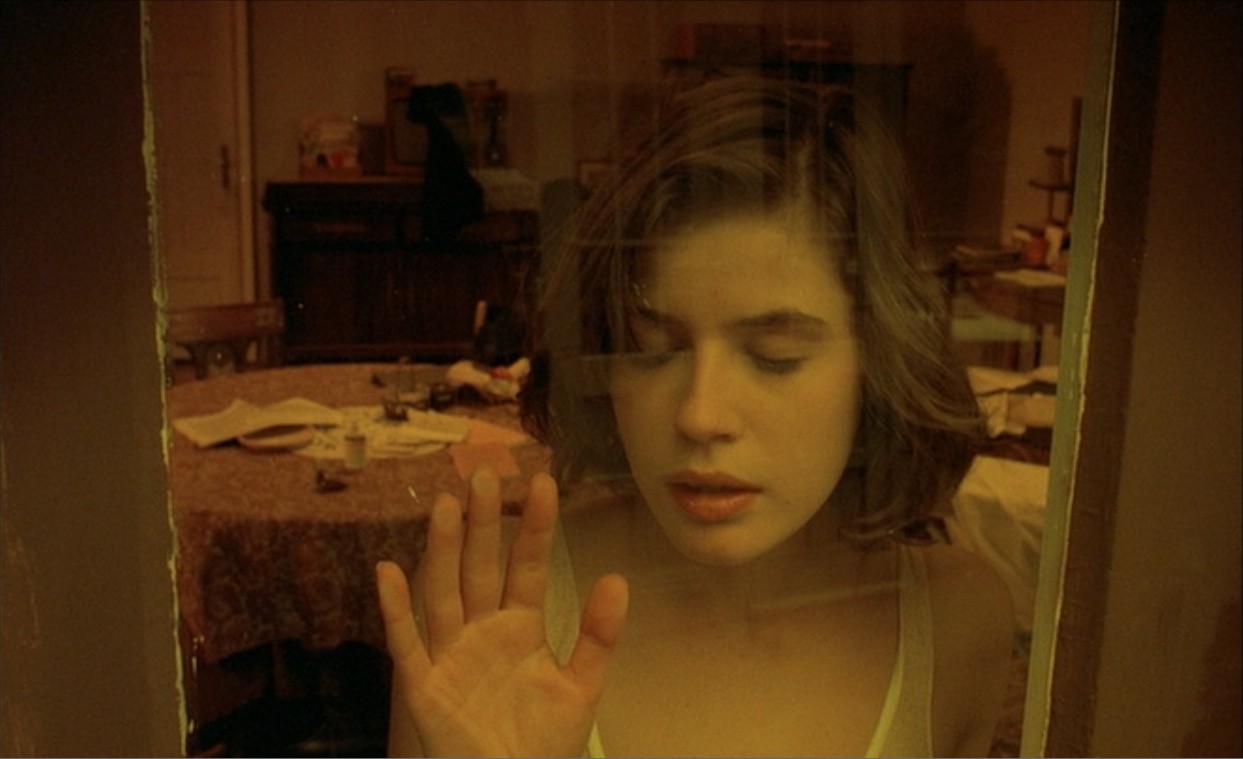
Irène Jacob proves herself to be the arthouse ingenue of the 90’s, as well as Krzysztof Kieślowski’s greatest muse in The Double Life of Véronique, which is also a heroic dose of magical realism and visual poetry. In dual roles as Weronika, a Polish choir singer, and Véronique, a French music teacher, Jacob is startling and sublime in the ensuing imitation game.
A fundamental queasiness settles in as a by turns metaphysical spiritual and existential bent, all Kieslowski specialties, consume the viewer. There’s mystery and complexity in profusion, all gracefully articulated with Kieslowski’s sensitive eye — cinematographer Slawomir Idziak does his part, too, framing and filming Jacob the way Josef von Sternberg shot Marlene Dietrich, which is to say like a gold-hued goddess — hypnotic and apocryphal as he weaves a mythology in many ways new to cinema.
The plot of The Double Life of Véronique is not an easy one to summarize, but watching it unfold is like watching a rare and delicate flower open to the warm sun, and it’s as fragrant, patient, splendid and exquisite as that comparison suggests.
6. Dead Ringers (1988)
By now considered a classic in David Cronenberg’s substantial canon, Dead Ringers draws much of its shattering effect by drawing from the deep dark well of paranoia, urban anxiety, and a shocking story inspired by real-life identical twin gynecologists, Stewart and Cyril Marcus. In the film they’re fictionalized, obviously, though their drug-addicted and misogynistic leanings remain, amped up in terrifying measure courtesy of Cronenberg and a balls-out brilliant performance from Jeremy Irons.
As Beverly and Elliot Mantle, Irons deftly differentiates his dual roles through nuances of expression, posture, and innuendo, selling the many unsavory story elements (such as swapping their love interests and patients), and a shout out should go to Geneviève Bujold, a cool hand in the role of Claire, an effete actress who loves Elliot, the sweet one, but despises Beverly, the darker half.
Dead Ringers is a draining, disturbing, psychosexual journey into separation, and madness, and one that stares unflinching into the dark void, offering little comfort but remaining gripping all the same.
5. Enemy (2013)
Enemy is Denis Villeneuve’s inscrutable adaptation of José Saramago’s 2002 novel The Double. It’s a chilling, perhaps at times indulgent, yet always audacious affair. Interestingly, the film marks Villeneuve’s second collaboration with actor Jake Gyllenhaal (they previously paired in the film Prisoners, with similarly astonishing results), and their pairing here seems somewhat clandestine given the staggering results.
Gyllenhaal, in an understated yet riveting dual performance, is Adam, a history professor in a passionless relationship with Mary (Mélanie Laurent) who soon discovers, after renting a DVD, that an actor in a small role, appears to be his doppelgänger. After a little legwork, Adam finds the actor’s talent agency, intercepts some mail and learns his name, Anthony Clair.
As the puzzle-like film unravels, the viewer is treated, amongst other existential horror high jinx, to troubling imagery of spiders, gossamer (a web-like appearance of a cracked windshield is especially chilling), stifled femininity, a tough, washed-out looking Toronto landscape, and increasing dreamlike delusions building to an arresting conclusion and a final shot that is totally terrifying.
Enemy is a resonating work that not only does the Saramago source material a great deal of justice (which is no small feat), but presents itself as seductive cinema, sensational at times, and quick, guaranteed to pervade the viewer while offering up nightmare fuel and dark fantasy.
4. Kagemusha (1980)
Using the familiar themes of honor and betrayal, hierarchy and power, Akira Kurosawa’s panoramic Kagemusha is, shockingly, based on real historical events. Set in feudal Japan in 1573, as civil war tears the country apart and Prince Shingen Takeda, played by Tatsuya Nakadai, is slain in battle.
Unknown to all but a select few, the prince is replaced by Kagemusha (also Nakadai, in a dual role), a thief sentenced to death who bears an uncanny resemblance to the fallen prince. Surprisingly, the use of doubles is historically accurate, and in the capable hands of master filmmaker Kurosawa, the overwhelming epic of Kagemusha soon assumes dramaturgist surety.
“I love the 16th century,” Kurosawa said, “in Japan it was an age full of Shakespearean emotions.” As Kagemusha unfolds and three samurais — one, of course, an impostor — vie for supremacy on a colossal scale. When Kurosawa made Kagemusha it was the most expensive Japanese film ever made, and its international welcome and multiple Oscar nominations also made it one of Japan’s most auspicious cinematic achievements.
3. Solaris (1972)
The celebrated and cerebral adaptation of Stanislaw Lem’s 1961 novel, Solaris, is Andrei Tarkovsky’s near peerless epic of speculative fiction as well as his most renowned work. A profoundly affecting and influential film, Akira Kurosawa famously wrote that “[Solaris] is no ordinary science fiction film. It truly somehow provokes pure horror in our soul. And it’s under the total grip of the deep insights of Tarkovsky.”
A sad lament softly focussed on the limits of man’s imagination in relation to conscience and recollection, Solaris is a personal film that bares all the marks of an auteur, offering much to pore over and speculate upon.
A psychologist, Kris Kelvin (Donatas Banionis), is sent to a distant space station stabilized above the mysterious planet Solaris. The cosmonauts at the station are troubled, psychologically out of sorts and Kris soon discovers that Solaris materializes human forms based on theirs and his’ memories from Earth.
More troubling still, these materializations include his late wife, Hari (Natalya Bondarchuk), who committed suicide several years ago. As Kris witnesses Hari’s repeated resurrection a far-reaching and deeply felt orphic mystery starts to resolve. It’s an elliptical and very poignant approach to Lem’s work, with surreal avenues and majestic thoroughfares, eventualizing a tender, at times falling apart journey.
Salman Rushdie, one of many champions of the film, has said that “this exploration of the unreliability of reality and the power of the human unconscious, this great examination of the limits of rationalism and the perverse power of even the most ill-fated love, needs to be seen as widely as possible…” Rushdie has repeatedly called Solaris “a sci-fi masterpiece” which it undisputably is.
2. Persona (1966)
Persona, rightly earmarked as one of Ingmar Bergman’s greatest films, plays passionately with the idea of the double. Here, Bergman has two actors, Liv Ullmann (in her dazzling debut) and Bibi Andersson, gradually becoming more and more similar to one another over the course of the film, their identities attaching and blurring into one another in a seemingly vampiric vein.
Ullman is Elisabet Vogler, an over-worked and exhausted actress in the charge of Nurse Alma (Andersson), who are spending time together in a secluded coastal summer cottage. Slowly a symbiotic relationship manifests amongst them. Bergman has admitted he wrote these roles specifically for them, noting their physical resemblance and chemistry. As Alma and Elisabet grow closer it becomes progressively less clear whether the two women have joined as one person.
Noted filmmaker and writer Susan Sontag has famously described Bergman’s film as a “desperate duel of identities,” suggesting that the discord between Elisabet and Alma is the classical “duel between two mythical parts of a single self” which adds much meaning and magnitude to an already influential and outright exhilarating picture. Persona is pure cinema, a challenge to observe and give order to, to be sure, but one where the rewards are untold and absolute.
1. Vertigo (1958)
Often dubbed the most personal of Alfred Hitchcock’s films, Vertigo is also perhaps the most perverse. James Stewart is brazenly cast against type as John “Scottie” Ferguson, essentially an anti-hero, he only seems capable of associating with the world via his twisted and unhealthy obsession with a woman (Kim Novak) who is illusory – an inception meant wholly to entice him. After her death Scottie happens upon her double and degenerates into a controlling brute, a captive to his awful nature, and a slave to his unsound desires.
Hitchcock boldly reveals the nature of Novak’s dual roles as Judy and Madeleine early on in the film – though Scottie is left on the hook for quite a while – eschewing what 1950’s audiences would expect from a suspense thriller narrative, and which may account for the cold response Vertigo originally garnered.
Often with Hitchcock’s films his narrative tactics and left-field distractions were misunderstood, and with Vertigo Hitch was much more enamored with performing a daedal and revealing study of Scottie’s damaged psychology than a conventional potboiler, and using Novak as a double, at least to Scottie’s fevered brain, was par for the unconventional course.
True, cinemagoers and critics at the time didn’t “get” Vertigo, even the writers for Cahiers du Cinéma, amongst his biggest admirers, were quiet, at first, over this dark and mysterious wealth of riches, but reappraisal did finally come around, and Vertigo has been regularly named as one of cinema’s most beautiful and profound works, topping “best of” lists the world over.
Perhaps Martin Scorsese put it best, “Whole books could be written about so many individual aspects of Vertigo – its extraordinary visual precision, which cuts like a razor to the soul of its characters; its many mysteries and moments of subtle poetry; its unsettling and exquisite use of color; and its extraordinary performances…” Vertigo is clearly a monumental and illustrious work from a master of the craft.
Author Bio: Shane Scott-Travis is a film critic, screenwriter, comic book author/illustrator and cineaste. Currently residing in Vancouver, Canada, Shane can often be found at the cinema, the dog park, or off in a corner someplace, paraphrasing Groucho Marx. Follow Shane on Twitter @ShaneScottravis.
